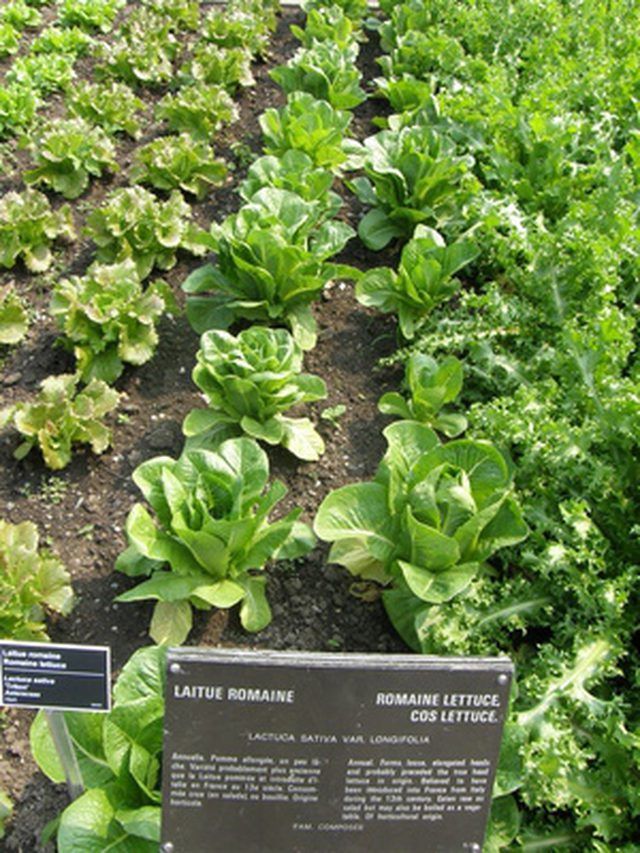Bulbs
Flower Basics
Flower Beds & Specialty Gardens
Flower Garden
Garden Furniture
Garden Gnomes
Garden Seeds
Garden Sheds
Garden Statues
Garden Tools & Supplies
Gardening Basics
Green & Organic
Groundcovers & Vines
Growing Annuals
Growing Basil
Growing Beans
Growing Berries
Growing Blueberries
Growing Cactus
Growing Corn
Growing Cotton
Growing Edibles
Growing Flowers
Growing Garlic
Growing Grapes
Growing Grass
Growing Herbs
Growing Jasmine
Growing Mint
Growing Mushrooms
Orchids
Growing Peanuts
Growing Perennials
Growing Plants
Growing Rosemary
Growing Roses
Growing Strawberries
Growing Sunflowers
Growing Thyme
Growing Tomatoes
Growing Tulips
Growing Vegetables
Herb Basics
Herb Garden
Indoor Growing
Landscaping Basics
Landscaping Patios
Landscaping Plants
Landscaping Shrubs
Landscaping Trees
Landscaping Walks & Pathways
Lawn Basics
Lawn Maintenance
Lawn Mowers
Lawn Ornaments
Lawn Planting
Lawn Tools
Outdoor Growing
Overall Landscape Planning
Pests, Weeds & Problems
Plant Basics
Rock Garden
Rose Garden
Shrubs
Soil
Specialty Gardens
Trees
Vegetable Garden
Yard Maintenance
How to Harvest Lettuce Seeds
How to Harvest Lettuce Seeds. Harvesting lettuce seeds actually begins in the spring, when seed is planted. Choose the best varieties available, then plant enough for your table and for the harvesting and saving of seeds. Protecting the seed lettuce from cross-pollination is necessary and can be accomplished by planting it 20 feet away from the...

Harvesting lettuce seeds actually begins in the spring, when seed is planted. Choose the best varieties available, then plant enough for your table and for the harvesting and saving of seeds. Protecting the seed lettuce from cross-pollination is necessary and can be accomplished by planting it 20 feet away from the rest of the garden. Harvesting and saving seed involves some time and effort. While saving lettuce seed is somewhat difficult, the effort is worth it for this widely appreciated and versatile leafy vegetable.
Things You'll Need
Ribbon
Wooden stake
Bucket
Bowl (large and shallow)
Envelope
Select the healthiest lettuce plants in the garden (that are ready to harvest). Taste a small amount of the lettuce being considered for seed harvesting. If it meets approval, attach a piece of brightly colored ribbon around the plant so it will not be harvested for the table, but allowed to mature for seed harvest.
Drive a wooden stake into the ground next to the tall flower stalk that develops as the plant matures and loosely tie the stalk to the stake to protect it from being blown over or knocked down by the rain. The stalk produces up to 25 fuzzy self-pollinating flowers on each stalk that will open at different times, for a very short period, over several weeks.
Harvest the seed stalks by cutting off the top of the stalks when they are mature and the seed in the flowers is no longer green. It is important that the stalks are harvested after they are mature, but before the seed is shed on the ground. Wait until at least 1/2 of the flowers on the stalk have gone to seed.
Place the stalk upside down with the head inside a large bucket in a cool dry place and allow to dry for two weeks.
Gently tap or shake the individual flowers as they mature to loosen the seeds and make them fall into the bucket. Not all of the flowers will mature at one time; it is best to wait until at least 1/2 of the flowers have matured before beginning the harvesting process.
Sort the seed from the chaff after all seed is harvested by transferring the contents of the bucket to a large, shallow bowl; then, swirl it around so the seeds settle to the bottom of the bowl.
Blow gently across the top of the bowl to remove the lighter flower parts and use your fingers to remove as much of the remainder as possible. Repeat the process until only the seeds are left.
Dry the seeds on a ceramic plate in a cool, dry room in the house for one week. Place them in an envelope for storage at room temperature. Use a waterproof pen to label the envelope with the name of the lettuce variety, the date of harvest and any other information pertinent to the lettuce.
Tips & Warnings
As seeds from hybrid varieties do not produce true to the original plant, use only open-pollinated varieties.
Be certain there are no diseases present in the seeds being harvested.
Allow the seed to fully mature before harvesting, since immature seeds will not germinate.
Do not keep seeds for over one year, since the seeds do not remain viable.